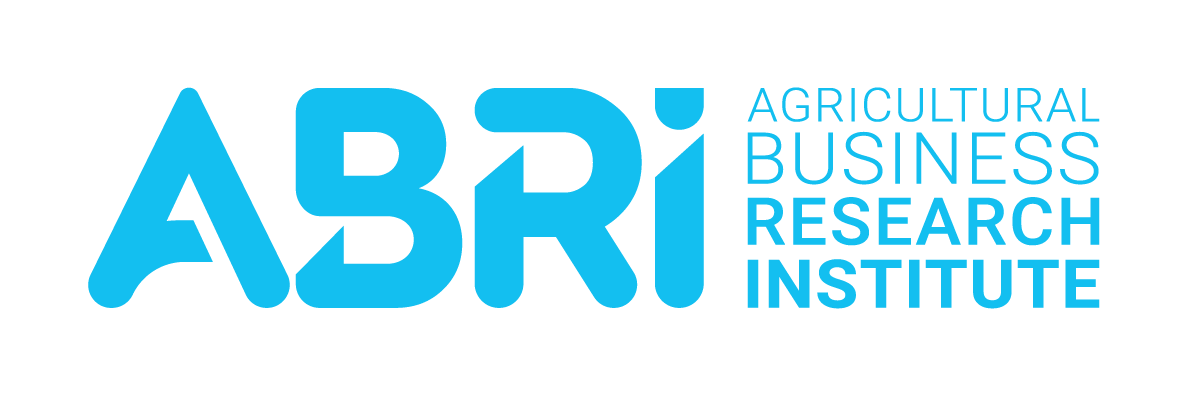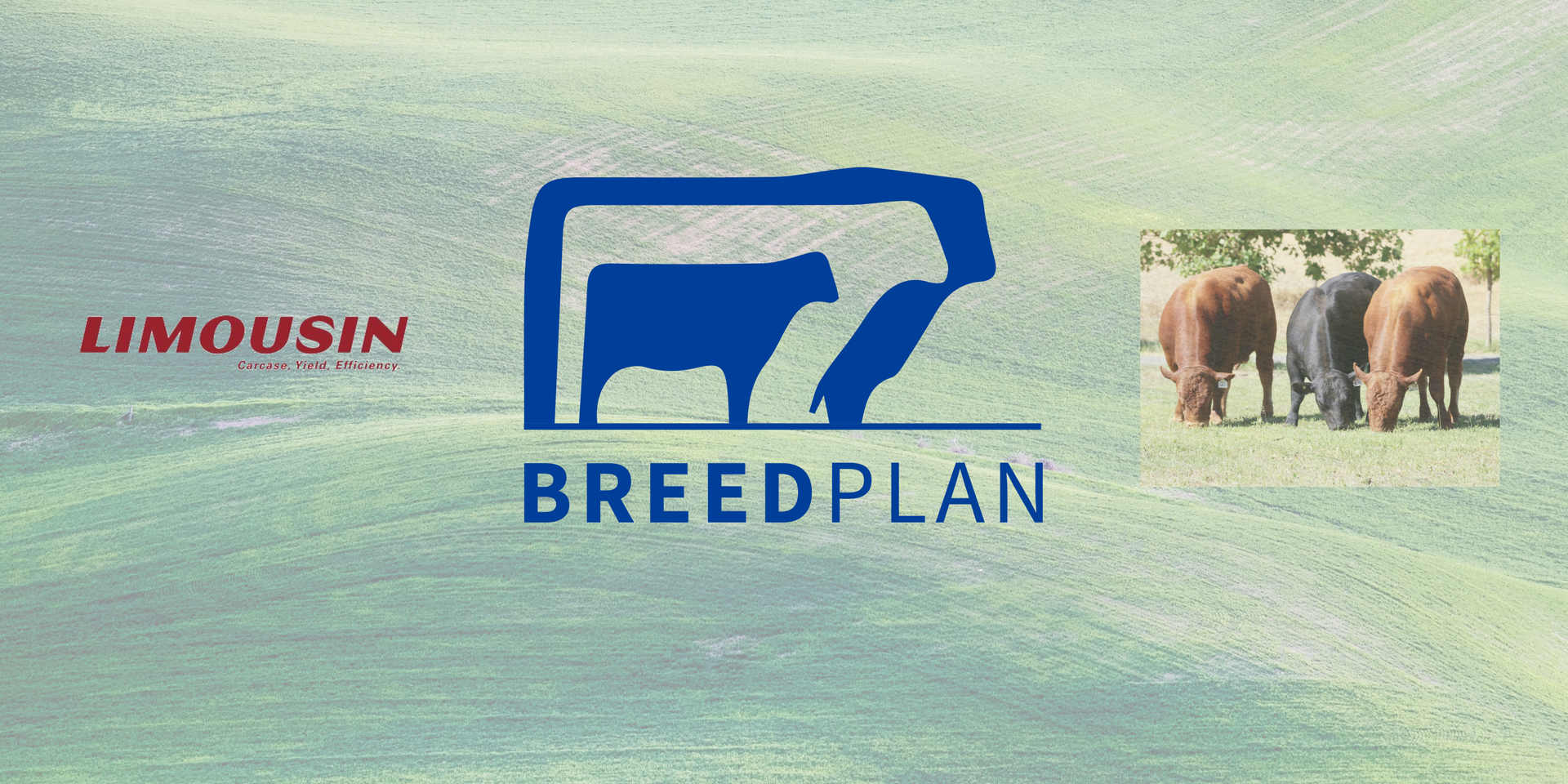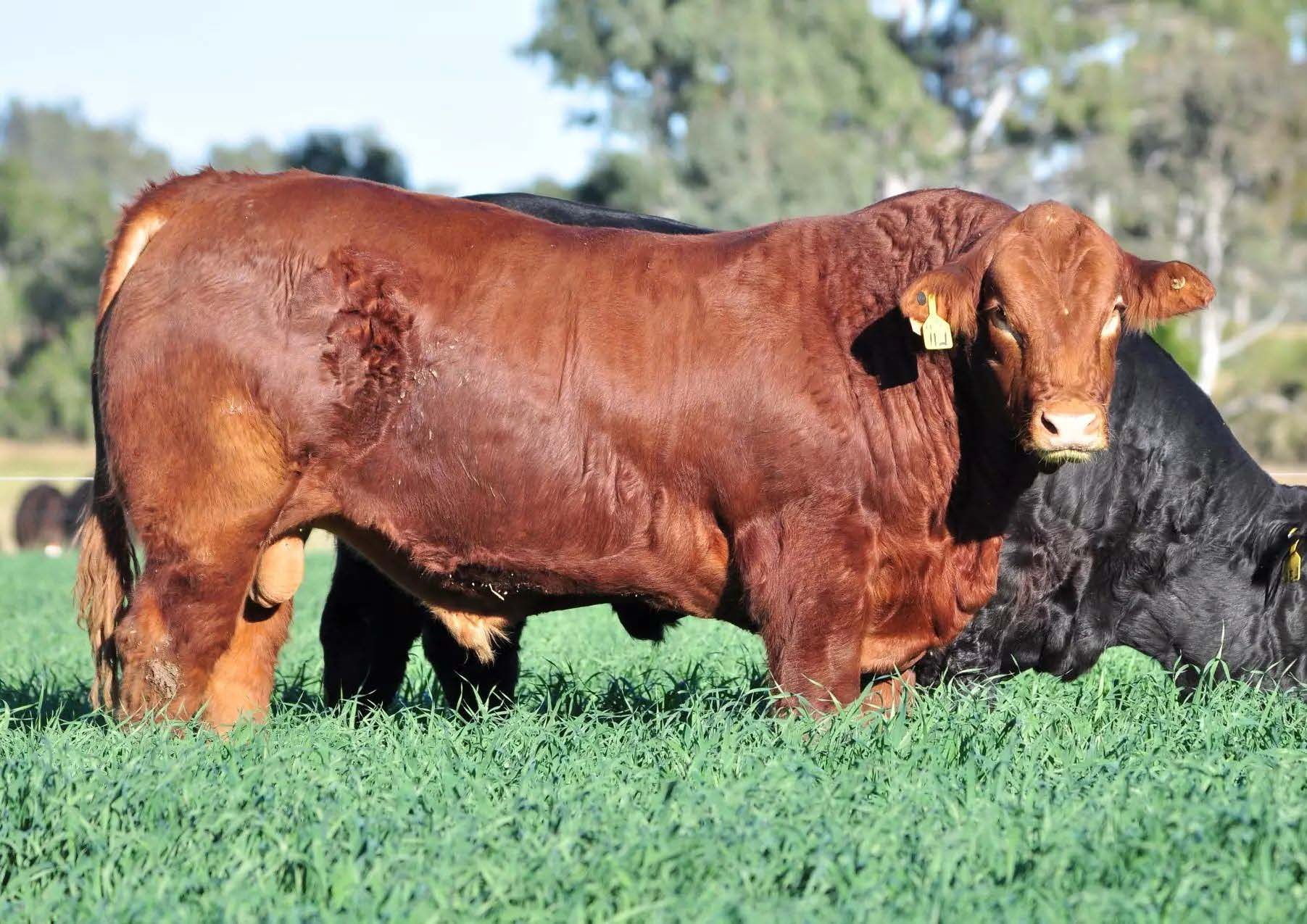LATEST NEWS
2024 National Show and Sale

When it comes to representation for the Limousin breed at the top end it really doesn't get much better than this! Taking out top honors on the National Stage really does set a standard for the breed in today's industry, and we wouldn't have it any other way. Oakwood Cutright exhibited on account of, Lindesay View Limousins, Red Oak Genetics and Ulster Limousins was awarded the Supreme interbreed Champion Male of the show at Rockhampton Beef Week 2024. The Australian Limousin Breeders Society would like to extend our sincere congratulations to the breeders and exhibitors. With the success at the top, it's important that we also acknowledge, recognize and thank those that represented the breed so well throughout the week. The Limousin breed really does hold a strong place in the Australian Beef Industry and the quality of cattle exhibited at Beef Week 2024 was a great representation of this. Follow along below for all Judging results from Rocky 2024, Calf Females Class 1: Female 6 and under 9 months 1st - Mervale Mimi U15 Class 2: Female 9 and under 12 months 1st - Oakwood Judi 2nd - Gold crest L & L Peachy Jill 3rd - Provance U-Beaut Class 3: Female 12 and under 15 months 1st - Oakwood Mi Mi 2nd - TCW Unique 3rd - Gold Crest Mshake Mimi Calf Champion Female Oakwood Mi Mi Reserve Calf Champion Oakwood Judi Calf Males Class 6: Bull and under 9 months 1st - Provance Your Not Ready 2nd - Mervale Lone Star U14 Class 7: Bull 9 and under 12 months 1st - Mervale Dillinger Class 8: Bull 12 and under 15 months 1st - Flemington Under Contro U35 2nd - Provance Never Ready U6 3rd - Oakwood Bounceback 4th - Oakwood Prophet 5th - Oakwood Mega Man Calf Champion Male Flemington Under Control U35 Reserve Calf Champion Mervale Dillinger Junior Females Class 11: Heifer 15 and under 17 months 1st - Gold Crest Krystal T81 Class 12: Heifer 17 and under 19 months 1st - Five Star Pistol Packin Mumma 2nd - Jen-Daview Krystal T30 3rd - Jen-Daview Cauliflower T23 4th - TCW Temptation 5th - Jen-Daview Gem T25 Class 13: Heifer 19 and under 21 months 1st - Gold Crest Q Josephine T49 Junior Champion Female Five Star Pistol Packin Mumma Reserve Junior Champion Female Gold Crest Krystal T81 Junior Bulls Class 16: Bull 15 and under 17 months 1st - Dixie Terry Class 17: Bull 17 and under 19 months 1st - Gold Crest Toby T61 2nd - Minnamurra Terminator Class 18: Bull 19 and under 21 months 1st - Jen-Daview True Blue T16 2nd - Gold Crest Trent T39 Junior Champion Bull Gold Crest Toby T61 Reserve Junior Champion Bull Jen-Daview True Blue T16 Senior Females Class 22: Cow 24 and under 30 months 1st - Jen-Daview Gem S83 Class 23: Cow 30 and under 36 months 1st - Jen-Daview Krystal S13 2nd - Flemington Royal Regae 3rd - Gold Crest Quigley Pearl Senior Champion Female Jen-Daview Gem S38 Reserve Senior Champion Female Jen-Daview Krystal S13 Senior Bulls Class 28: Bull 21 and under 24 months 1st - Gold Crest Timbo 2nd - Summit Gold Rush T29 3rd - Gold Crest Titan T60 Class 29: Bull 24 and under 30 months 1st - Oakwood Cutright Senior Champion Bull Oakwood Cutright Reserve Senior Champion Bull Gold Crest Timbo T30 GRAND CHAMPION FEMALE Jen-Daview Gem S38 GRAND CHAMPION BULL Oakwood Cutright
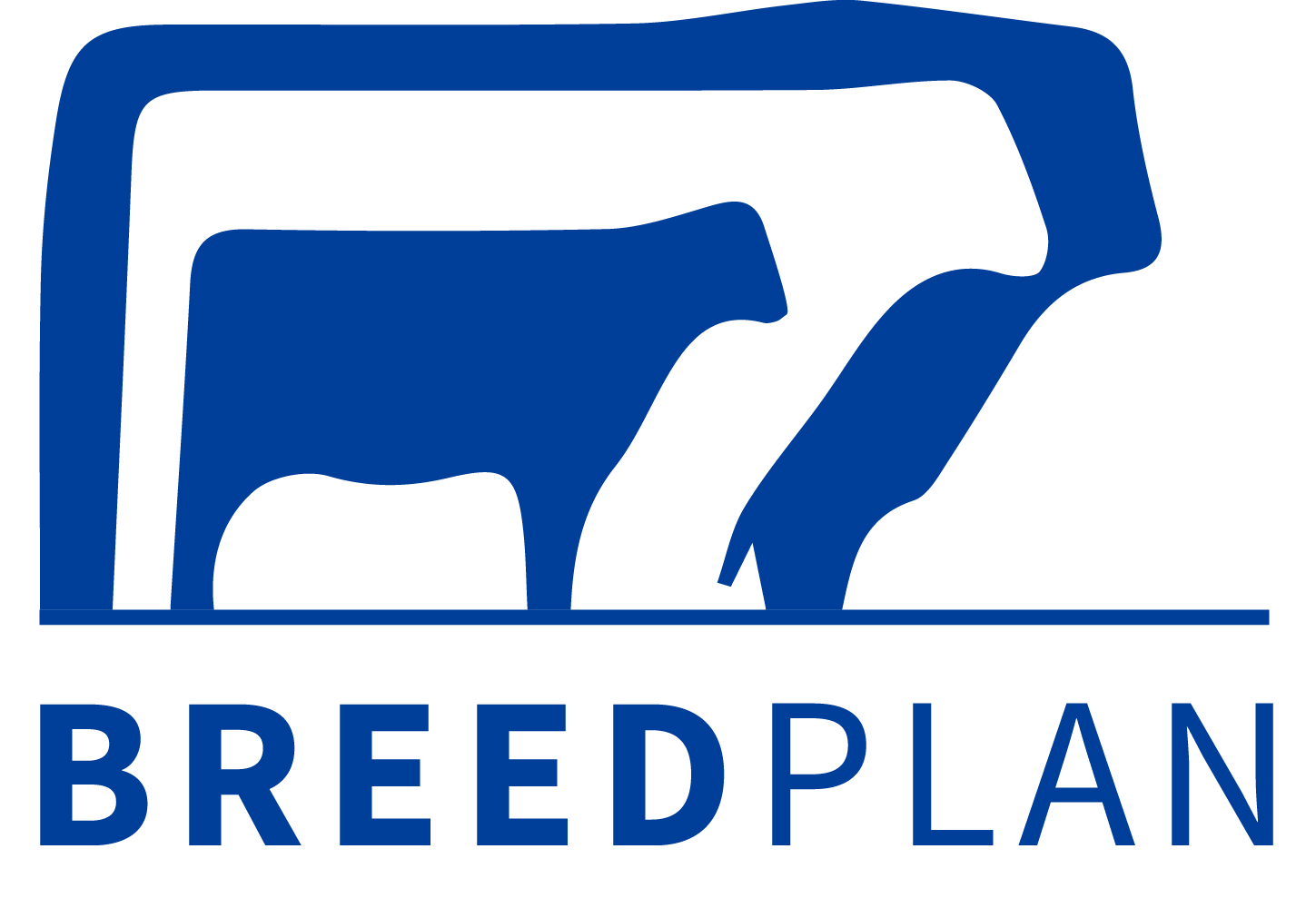
An update from Breedplan with regard to the implementation of Single-Step BREEDPLAN for the Limousin breed which will provide members of the Australian Limousin Breeders’ Society, the Limousin Cattle Breeders Society of Namibia and the Limousin Cattle Breeders Society of South Africa with greater returns on their investment in the genotyping of seedstock cattle.
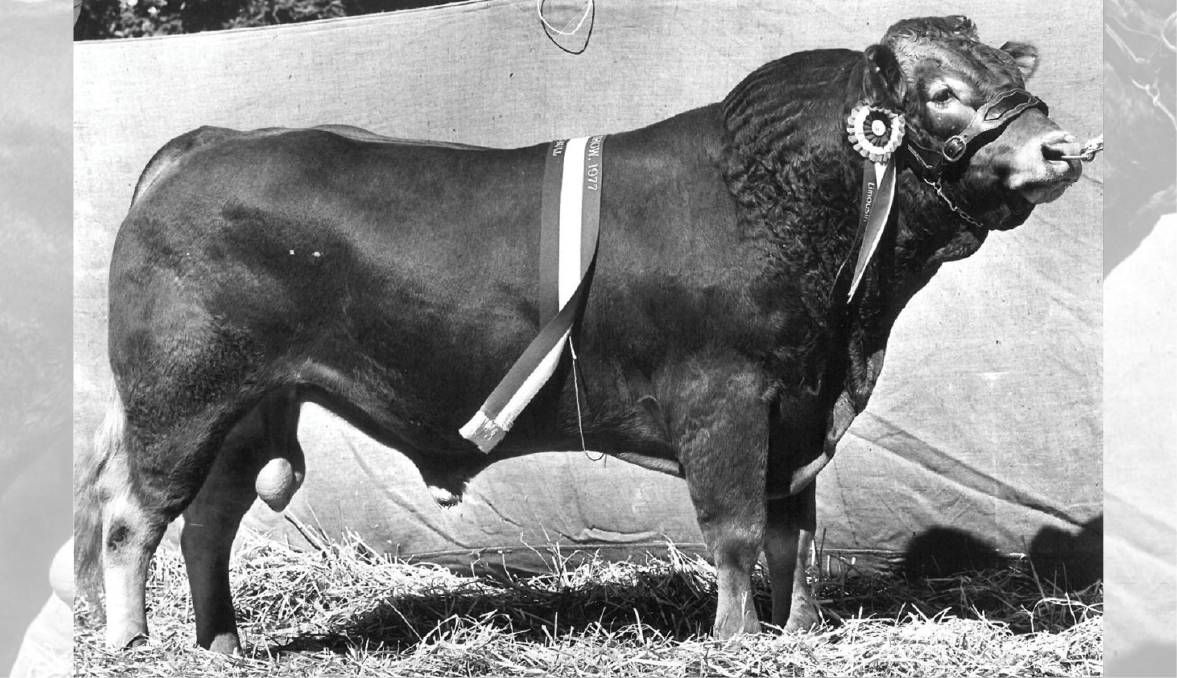
The Australian Limousin Breeders' Society celebrated in style last month when it held its annual National Show and Sale at Holbrook, NSW, and marked 50 years of the breed in Australia and New Zealand at the Sydney Royal Easter Show. Australian Limousin Breeders' Society president, Chris Meade, said one of the highlights of the celebrations was the 50th Anniversary dinner which showcased all that the breed had achieved during the past half a century. At the dinner, former Australian Limousin Breeders' Society CEO, Alex McDonald, spoke of the challenges and advancements of the past 50 years, as well as presenting life memberships to stalwarts of the breed in Carolyn and the late Bill Tooth, of Longreach Limousin stud, Annette and the late Michael Tynan, Birubi stud, and John and Bev McIntyre, Chateau stud. While it was a special time to reflect on the origins and development of the breed, Mr Meade said Limousin was very well positioned in the beef industry for the future social responsibility in terms of producing beef. "While the jury is still out, it does appear that because of their feed conversion etc that Limousin are lower producers of greenhouse gases (methane), which is a very strong and positive trait," he said. "The Irish are doing some testing on this, and they are finding in the UK and Ireland that Limousin well and truly has an edge. It appears that Limousin are right in the picture and well positioned as we go forward for the next 50 to 70 years in trying to reduce greenhouse gases." Mr Meade said going forward, there would also be further recognition of the benefits of the F94L gene, which was found in higher frequencies in Limousin than other cattle breeds. "The F94L gene increases the volume of fibres, and the fibre is finer, creating more beef with more tenderness, and no adverse affect on birth weight, calving ease, fertility or longevity," he said. "Researcher, Dr Wayne Pitchford, Adelaide University, who was a guest speaker at our AGM earlier this week, discovered that the gene increases the weight of prime cuts by 19pc and overall beef yield by 7pc. "Along with an increase in yield, meat quality is also better with reduced fat and higher rates of tenderness. "Our society is continuing to work on the benefits of the F94L gene, both in creating a more efficient animal, and in the reduction in methane. "You don't have to have a purebred Limousin to get all the benefits either, so in using Limousin over so many other breeds you are getting the hybrid vigour and everything you are crossing it with is getting some benefits out of the F94L gene, including the feed efficiency. "All other breeds benefit with a dose of Limousin in them." Mr Meade said Limousin had come a long way, and was a leading beef breed in Australia. "What was delivered into Australia 50 years ago, was one type of animal being a French Pure apricot horned animal, with a questionable temperament, " he said. Fast forward 50 years and Mr Meade believes today Limousin cattle are considered to have one of the best temperaments of all the Australian beef breeds. "We also now have a high level of polledness throughout the herd. Of calves registered in 2022, we had 94 per cent polled, and we have three colours now in apricot, red and black," Mr Meade said. This graph emphasises the improvement in temperament of the Limousin breed over the past three decades. Picture supplied "What is also understated in the Limousin breed is its ability to be varied in type. "Australians and New Zealanders have also done it with horses and dogs that have come into their country years ago, and with Limousin they have also adapted the breed to suit the conditions. "There's more softness in the animals now; the typical adaptation that Australian breeders do in this part of the world to suit the environment is sensational." Mr Meade said Limousins came from mountainous country in France, and were also housed inside in winter, but of course, that doesn't happen in Australia. "They also have better mobility and structure now, to make sure they are capable of walking the long distances required of them on the various Australian and New Zealand properties which I think is another strong element," he said. "One of their key strengths is in the conversion of feed into beef, not into fat. They are a highly efficient feed conversion animal which is a very critical factor." Mr Meade said Limousin grazed differently to other beef breeds, and stood up very well to different quality of feed. "They are browsers instead of grazers and they don't hog themselves, but rather chew and walk," he said. "As a result it is a rarity that a Limousin will ever get bloat because of their more controlled feeding habit. "It is good to remember that Limousin are one of the beef breeds that were beasts of burden going back in history. "They were dual purpose in that they pulled drays and they fattened differently as well." Renowned as the carcase breed, Limousin remains among the highest yielding animals, according to Mr Meade. "Typically beef breeds will yield 55pc and Limousin are usually 65pc, which is a huge difference," he said. "It was pleasing to see that Limousins once again stood out in the carcase competition at the Sydney Royal and continually proved the point of their feed efficiency and carcase yield." This is branded content for Australian Limousin Breeders' Society Ltd



